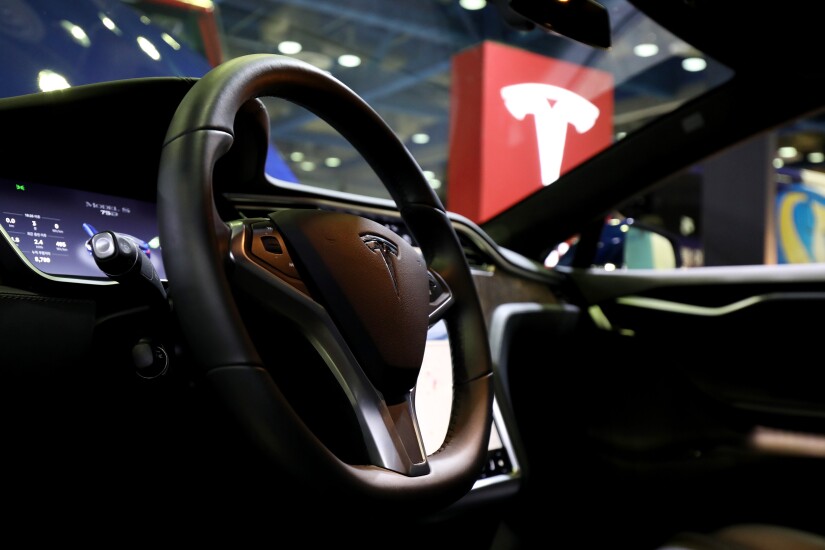Electric vehicle (EV) sales surpassed 17 million globally in 2024, according to the
Here are some of the top trends experts from Mitchell and Allianz are seeing from Q2 2025.

Electric vehicle (EV) sales surpassed 17 million globally in 2024, according to the
Here are some of the top trends experts from Mitchell and Allianz are seeing from Q2 2025.